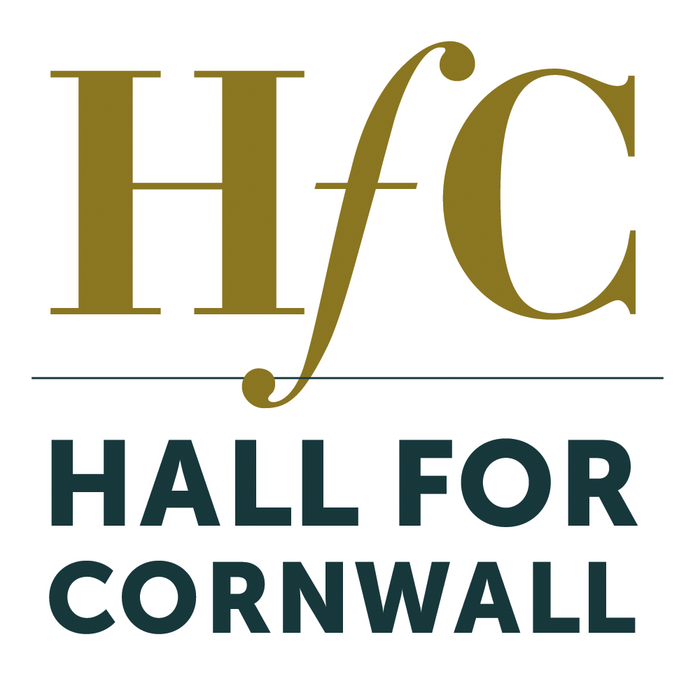City Hall is a grade II listed building that was completed in 1846. Built to house the headquarters of the local council, the north end of the complex accommodated the municipal buildings, which included a courtroom and a council chamber, while the south end accommodated a market hall. In the early 20th century, civic leaders decided to make the market hall available for public use. In 1907, it operated as a skating rink and then as a cinema in 1912. In 1925, the market hall was remodelled as a theatre with a stage after a fire had gutted the building in 1914.










